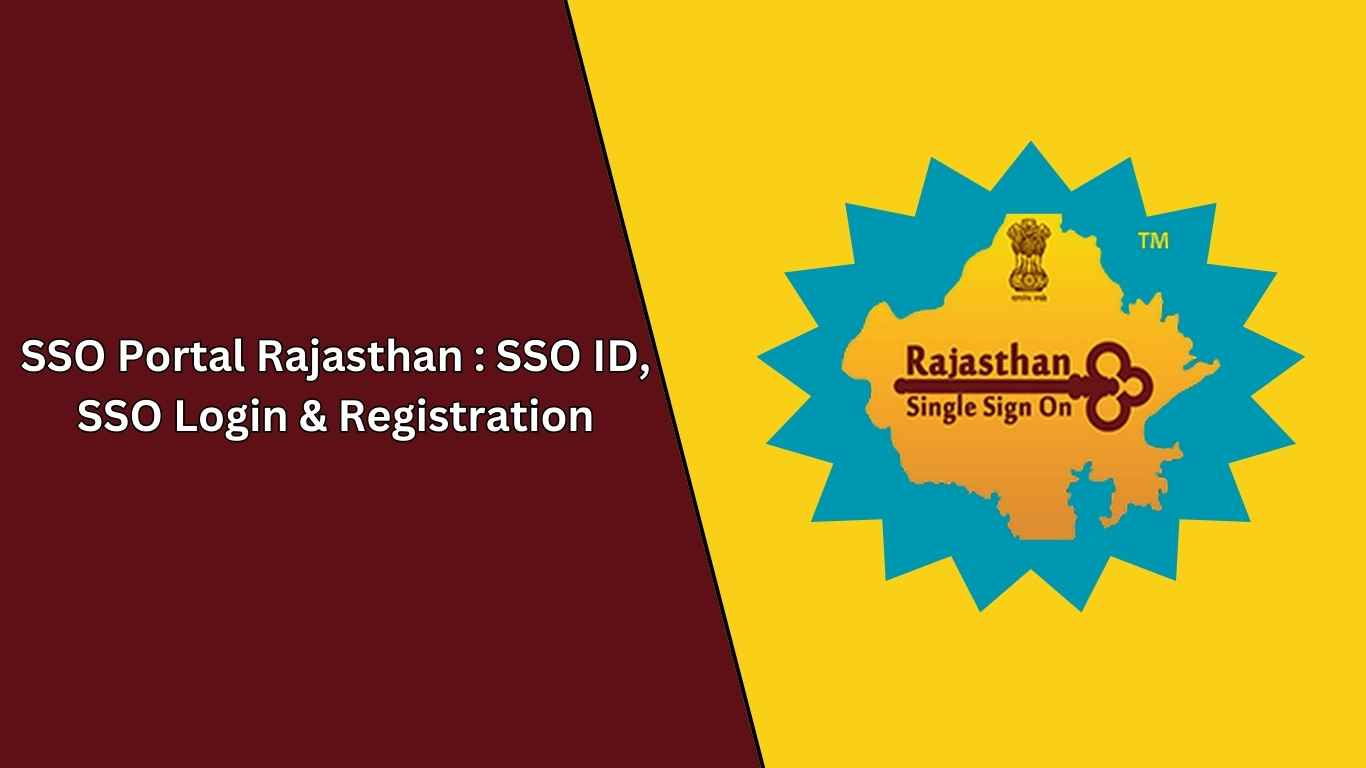Managing Multiple SSO IDs in an Organization
Single Sign-On (SSO) systems are designed to streamline authentication processes, but many organizations face the question of whether users can maintain multiple SSO ID credentials. The complexity of modern business operations sometimes necessitates having separate SSO login credentials for different roles or systems. While it's technically possible to have multiple SSO accounts, the implementation requires careful consideration of security protocols and user management policies.
Security Implications of Multiple SSO Logins
When implementing multiple SSO ID configurations, security becomes a paramount concern. Organizations must ensure that each SSO login credential maintains strict access controls and follows the principle of least privilege. Managing multiple SSO identities requires robust authentication protocols and regular security audits to prevent unauthorized access. The key is to maintain the convenience of SSO while not compromising the security infrastructure.
Technical Requirements for Dual SSO Implementation
Setting up multiple SSO accounts requires specific technical considerations. The SSO ID management system must be configured to handle multiple identity providers and federation protocols. Organizations need to ensure their Identity and Access Management (IAM) solution can support multiple SSO login sessions simultaneously while maintaining distinct access privileges for each SSO account.
Best Practices for Multiple SSO Account Management
Organizations implementing multiple SSO ID solutions should establish clear policies and procedures. This includes defining how users should manage their different SSO login credentials and when to use each SSO account. Training users on proper SSO ID usage and maintaining detailed documentation of access patterns helps prevent confusion and security breaches.
Impact on User Experience and Productivity
While having multiple SSO accounts can seem counterintuitive to the single sign-on concept, it can actually enhance productivity when implemented correctly. Users with different roles can maintain separate SSO login credentials for various systems, ensuring appropriate access levels without compromising security. The key is to balance convenience with security requirements while maintaining the streamlined nature of SSO authentication.
Industry Examples and Use Cases
Various industries have successfully implemented multiple SSO ID systems to address specific needs. Healthcare organizations often maintain separate SSO login credentials for clinical and administrative systems, while educational institutions might have different SSO accounts for faculty and research roles. These real-world implementations demonstrate that multiple SSO configurations can be effective when properly managed.
Conclusion
Managing multiple SSO accounts is feasible and sometimes necessary in modern organizations. The key to successful implementation lies in careful planning, robust security measures, and clear policies. While it may require additional administrative overhead, the benefits of maintaining separate SSO ID credentials can outweigh the challenges when properly executed. Organizations should evaluate their specific needs and ensure their SSO login infrastructure can support multiple identities while maintaining security and efficiency.



